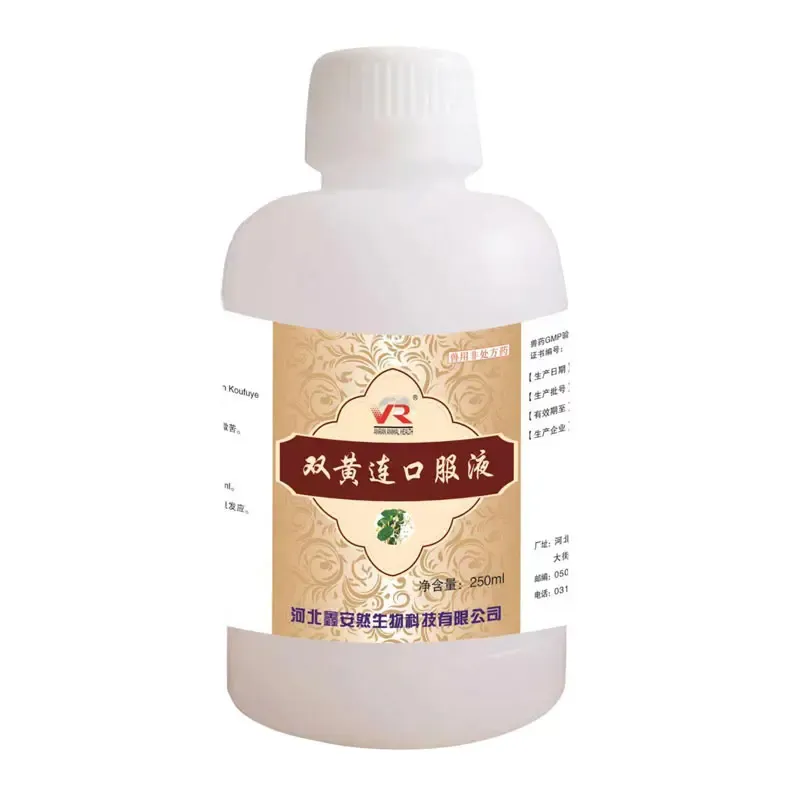- Afrikaans
- Albanian
- Amharic
- Arabic
- Armenian
- Azerbaijani
- Basque
- Belarusian
- Bengali
- Bosnian
- Bulgarian
- Catalan
- Cebuano
- Corsican
- Croatian
- Czech
- Danish
- Dutch
- English
- Esperanto
- Estonian
- Finnish
- French
- Frisian
- Galician
- Georgian
- German
- Greek
- Gujarati
- Haitian Creole
- hausa
- hawaiian
- Hebrew
- Hindi
- Miao
- Hungarian
- Icelandic
- igbo
- Indonesian
- irish
- Italian
- Japanese
- Javanese
- Kannada
- kazakh
- Khmer
- Rwandese
- Korean
- Kurdish
- Kyrgyz
- Lao
- Latin
- Latvian
- Lithuanian
- Luxembourgish
- Macedonian
- Malgashi
- Malay
- Malayalam
- Maltese
- Maori
- Marathi
- Mongolian
- Myanmar
- Nepali
- Norwegian
- Norwegian
- Occitan
- Pashto
- Persian
- Polish
- Portuguese
- Punjabi
- Romanian
- Russian
- Samoan
- Scottish Gaelic
- Serbian
- Sesotho
- Shona
- Sindhi
- Sinhala
- Slovak
- Slovenian
- Somali
- Spanish
- Sundanese
- Swahili
- Swedish
- Tagalog
- Tajik
- Tamil
- Tatar
- Telugu
- Thai
- Turkish
- Turkmen
- Ukrainian
- Urdu
- Uighur
- Uzbek
- Vietnamese
- Welsh
- Bantu
- Yiddish
- Yoruba
- Zulu
8 月 . 14, 2024 07:35 Back to list
Determining the Appropriate Dosage of Injectable Ivermectin for Goats Safely and Effectively
How Much Injectable Ivermectin to Give a Goat
Ivermectin is a widely used antiparasitic medication that is effective against a variety of internal and external parasites in livestock, including goats. Given its importance in maintaining the health and productivity of goats, it is crucial for goat owners to understand the appropriate dosage and administration of injectable ivermectin.
Understanding Ivermectin
Ivermectin belongs to a class of drugs known as macrocyclic lactones. It works by interfering with the nervous system and muscle function of parasites, leading to their paralysis and death. Common parasites that ivermectin targets in goats include gastrointestinal nematodes, lungworms, and external parasites such as mites and lice.
In the agricultural sector, ivermectin is available in various formulations, including oral, topical, and injectable forms. Injectable ivermectin is particularly beneficial for goats as it can provide a quicker and more effective treatment, especially in heavy infestations.
Determining the Dosage
The typical dosage of injectable ivermectin for goats is generally calculated based on the animal's weight. The commonly recommended dosage is 0.2 mg per kilogram of body weight (0.09 mg per pound). For example, if you have a goat that weighs 50 kg (approximately 110 lbs), the dosage would be
\[ 50 \text{ kg} \times 0.2 \text{ mg/kg} = 10 \text{ mg} \]
It's important to note that the concentrations of ivermectin differ among products, so always check the label for specific instructions. Injectable ivermectin typically comes in concentrations of either 1% or 2%. Thus, you'll need to adjust your calculations accordingly.
how much ivermectin injectable to give a goat

For practical administration, if you have a 1% solution (which is 10 mg/ml), you would need to administer 1 ml of ivermectin to treat a goat weighing 50 kg
.Administration Guidelines
When administering injectable ivermectin to goats, it is essential to follow proper techniques to ensure effective treatment and minimize stress to the animal. Here are some guidelines to consider
1. Preparation Gather all necessary materials, including the ivermectin solution, syringes, and needles. Ensure the work area is clean, and keep the goat calm to facilitate easier handling.
2. Injection Site The injection is most commonly given intramuscularly (IM) or subcutaneously (SQ). The preferred site for IM injections in goats is the neck or the thighs, while SQ injections can be given in the loose skin along the neck or behind the elbow.
3. Technique Use a clean, sharp needle and syringe. Insert the needle at a suitable angle, and ensure you aspirate to confirm you are not in a blood vessel before injecting the medication. After administering, remove the needle swiftly and apply gentle pressure to prevent bleeding.
4. Observation After treatment, monitor the goat for any adverse reactions. Common side effects of ivermectin can include temporary swelling at the injection site or mild lethargy. If any severe reactions occur, it is crucial to consult a veterinarian.
Conclusion
Understanding how much injectable ivermectin to give a goat is vital for ensuring effective parasite control and overall health in your herd. Proper dosage based on body weight, correct administration techniques, and post-treatment monitoring will contribute to the well-being and productivity of your goats. Always consult with a veterinarian if you are unsure or have concerns regarding the health of your animals. By taking these precautions, you can help keep your goats healthy and thriving.
-
The Power of Radix Isatidis Extract for Your Health and Wellness
NewsOct.29,2024
-
Neomycin Sulfate Soluble Powder: A Versatile Solution for Pet Health
NewsOct.29,2024
-
Lincomycin Hydrochloride Soluble Powder – The Essential Solution
NewsOct.29,2024
-
Garamycin Gentamicin Sulfate for Effective Infection Control
NewsOct.29,2024
-
Doxycycline Hyclate Soluble Powder: Your Antibiotic Needs
NewsOct.29,2024
-
Tilmicosin Premix: The Ultimate Solution for Poultry Health
NewsOct.29,2024













